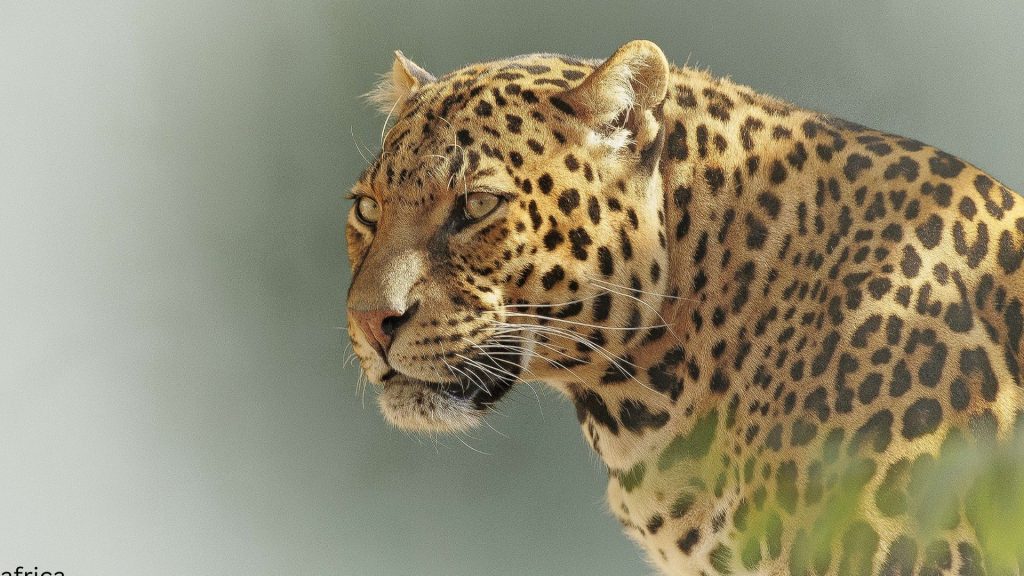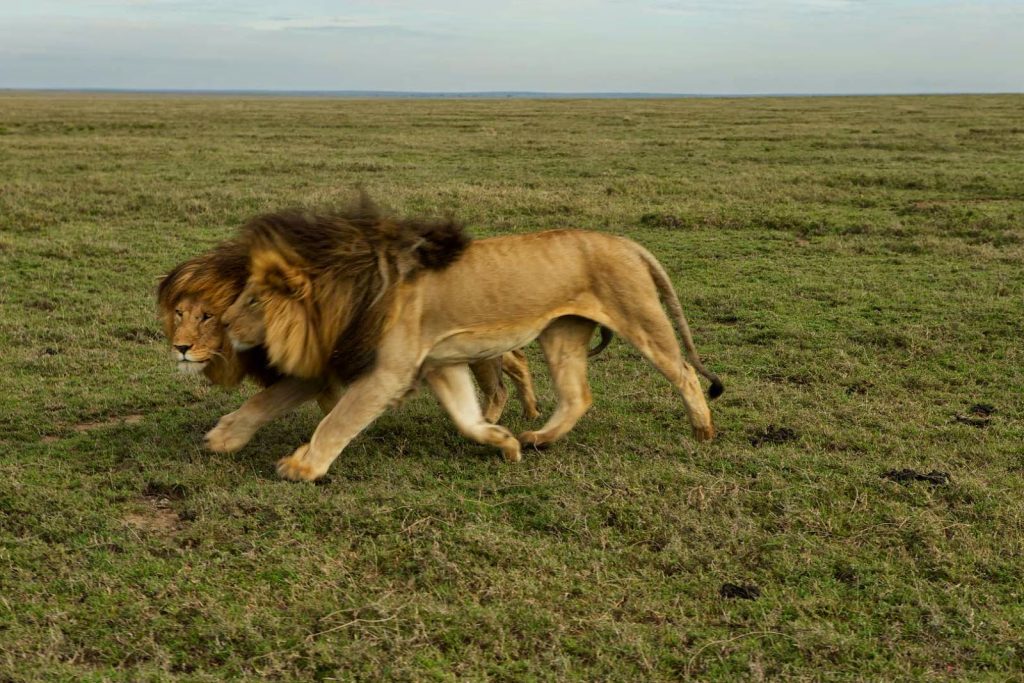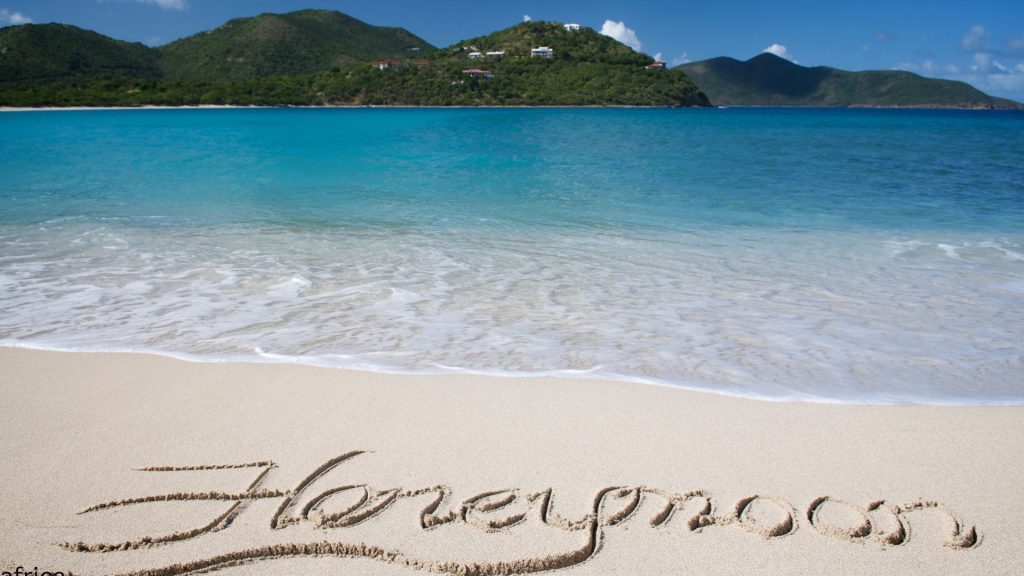mto wa mbu
Home » mto wa mbu
Mto wa Mbu
Mto wa Mbu is one of the first cultural tourism sites developed by the Tanzania Tourism Board to promote Tanzania culture. Situated on the foot of the Great Rift Valley bordering Lake Manyara National Park, straddling the famous Arusha-Serengeti route, 120 km and 60 km from Arusha and Ngorongoro, respectively, Mto wa Mbu is one of the most popular cultural tour sites in Tanzania. Following the establishment of irrigation systems in the early 1950s, the area rapidly developed into a small town, attracting a new wave of tribes from all
over the country, each with its own cultural background. Nowhere else in Tanzania have so many tribes settled in such a small area.
The Mto wa Mbu tour is a village walk designed to provide guests with an experience of the rich cultural heritage in Tanzania, albeit in a short time of half a day or one full day. The varied produce, handicrafts, and activities that can be seen in the marketplace and the villages and farms are an illustration of this cultural diversity. Visitors may see Chagga people from the slopes of Kilimanjaro brew their famous banana beer, mbege, and learn why out of more than 30 varieties of bananas cultivated here, only two species are suitable for producing the drink: a farmer from Kigoma extracts palm oil from palm trees that he brought from the shores of Lake Tanganyika; appreciate the Sandawe with their fascinating click language, similar to the Khoisan of the Kalahari Desert, making bows and arrows for hunting
interact with the Rangi from Kondoa using the papyrus from the lakes and rivers to weave beautiful mats and baskets. Visit the Mbugwe people from Manyara Region, who will show you how they grind different grains to obtain flour using traditional millstones; join the local people of Mto wa Mbu and learn how they construct mud huts, typical housing for most tribes around the area.
You will be shown how to mix mud, rice husks, and cow dung to obtain the right mud stuff for strong walls and how the local people roof their huts using dry banana bark and leaves. Learn about traditional iron technology, one of the oldest in Africa. The local people will show you how to make tools like spears, knives, and arrows. Learn from the local women how pots and dishes are made from clay soil and baked to make them hard. From the surrounding plains and woodlands to the
north, east, and south live native Maasai families in traditional bomas (homesteads) while the warriors wander with their cattle, looking for pastures and water.
THE BEST THINGS TO DO IN MTO WA MBU
Experience a guided canoe safari at Mto wa Mbu
Discover the Wetlands Mto wa Mbu, which is surrounded by lush wetlands and a network of interconnected lakes and rivers. A guided canoe safari is one of the best ways to explore this ecosystem.
Take a coffee plantation tour
From bean to cup, Tanzania is renowned for its flavorful coffee, and Mto wa Mbu is no exception. Embark on a coffee plantation tour and learn about cultivating and harvesting coffee beans. Walk through the lush plantations, surrounded by the aroma of freshly roasted coffee, and discover the intricacies of coffee production. Engage with local farmers, who will share their knowledge and techniques. Participate in hands-on activities such as picking coffee cherries and processing the beans. The tour concludes with a coffee-tasting session, where you can savor the rich flavors of Tanzanian coffee. This immersive experience provides a deeper appreciation for the labor and craftsmanship behind every cup of coffee.
Trek to the Maji Moto Hot Springs
Maji Moto Kubwa is a Swahili word loosely translated to a large hot water spring. As the name suggests, this hot spring is a fairly large, wet, swampy area on
the western shores of Lake Manyara, which is located within Lake Manyara National Park, through which flow several hot springs that seep from the nearby rift valley wall. Bubbling at over 60°C, they are hot enough to pass the ‘boil an egg’ test, with some parts having the distinctive yellow of sulfur. This natural wonder is a must-visit destination for anyone traveling to Tanzania. In
Visitors to the Maji Moto Kubwa hot spring can explore the boardwalk that passes through the swamp and ends in an observation platform above the lake. The boardwalk is an excellent way to get up close and personal with the hot springs and see the bubbling waters in action. Visitors can take in stunning views of the surrounding landscape and the lake along the way.
Visitors can explore the boardwalk and take a dip in the hot springs, but be warned: the water is very hot, and caution is advised.
The hot springs are also an excellent spot for bird watching, as the area is home to various bird species.
The best time to visit Maji Moto Kubwa Hot Spring The best time to visit the Maji Moto Kubwa Hot Spring is any time of the year. The hot springs are in a tropical climate, meaning temperatures are relatively stable throughout the year. However, the dry season, which runs from June to October, is the best time to visit, as the narrow strip of land between the Rift Valley escarpment and Lake Manyara’s western shores widens, making it easier to access the hot springs.
Relax and rejuvenate. Escape the hustle and bustle of Mto wa Mbu and embark on a trek to the Maji Moto Hot Springs in the Engaruka Basin. This hidden gem offers a natural spa experience amidst the wilderness. The trek to the hot springs takes you through scenic landscapes, including lush forests and open savannahs. Once you arrive, soak in the soothing, warm waters known for their therapeutic properties.
Let the natural minerals rejuvenate your body and soul as you unwind in this serene oasis. The Maji Moto Hot Springs provides the perfect opportunity to connect with nature and find inner peace.
Visit the Manyara Painted Maasai Market.
This only happens on Thursdays. Hundreds of Maasais gather in the open Maasai Market, and visitors get a chance to meet the local people and see them bargaining for livelihood commodities. The market sells freshly grown vegetables and fruits from the local villages, handicrafts, paintings, cattle, Maasai clothing, and local foods, including the famous BBQ, etc. Your guide will even help you bargain if a guest needs to purchase any local stuff from the market.
Witness artistry in action. If you have a passion for art and craftsmanship, a visit to the Manyara Painted Maasai Market is a must. Located in Mto Wa Mbu, this market showcases the skills and creativity of local artisans. Browse through a vibrant array of hand-painted Tinga Tinga artwork, intricate Maasai beadwork, traditional wood carvings, and colorful batik fabrics. Observe the
artisans at work and witness the meticulous process of creating these beautiful pieces.
You can even try your hand at some of the art forms under the guidance of skilled craftsmen. Visiting the Manyara Painted Maasai Market provides a wonderful opportunity to support local artists.
Local food tour
The food prepared here is purely local. The indigenous cooks, who have very high cooking skills, will prepare your delicious local food. It is nice and comes with an African-charming smile.
Even though we need food for life, locally prepared food adds more flavor and strength to our bodies, and this is why the food prepared here is of that essence and value!
Bike Tour
Explore the picturesque landscapes and rural countryside of Mto wa Mbu on a thrilling bike tour. Rent a bicycle and embark on a guided adventure through banana and coffee plantations, rice fields, and small villages.
Enjoy the refreshing breeze as you pedal along scenic trails, passing by lush greenery and local farms. Along the way, you can make stops to interact with farmers, taste fresh tropical fruits, and learn about the agricultural practices in the
region.
A bike tour offers a unique countryside perspective and allows you to connect with the natural beauty and local communities.
The mountain bike ride in Mto wa Mbu is one of our favorite activities in Tanzania. Imagine yourself riding on a bike through the streets of an African farming village, surrounded by amazing nature. Enjoy views of the banana and coffee plantations and the beautiful sights of Lake Manyara. The ride is on fairly flat tracks, so people of all ages can do this activity.
During this ride, you also visit an African school and get an insight into the daily lives of the local people. The activity will take about 2 to 3 hours, but a shorter or longer route is always possible.
Visit the Cultural Heritage Center.
Located on the outskirts of Mto Wa Mbu, the Cultural Heritage Center is a haven for art lovers and souvenir hunters. Explore the center’s vast African art collection, including sculptures, paintings, textiles, and jewelry—Marvel at the intricate wood carvings, beaded jewelry, and colorful fabrics created by talented artisans.
The center also features a Maasai market where you can purchase authentic crafts and souvenirs. Take your time to wander through the center’s beautiful gardens, relax at the coffee shop, or enjoy a traditional Tanzanian meal at the on-site restaurant.
The Cultural Heritage Center is a treasure trove of artistic expression and a great place to find unique keepsakes from your visit.
Mto wa Mbu offers a diverse range of activities and attractions that cater to every traveler’s interests. Whether you are a nature enthusiast, a culture lover, an adventure seeker, or an art enthusiast, this vibrant town has something for everyone.
Tuk-tuk tour
Tuk-tuk is one of the best forms of transport at Mto Wa Mbu, and it facilitates the carriage of the local people of that particular area, including the tourists.
It is also one of the tourist attractions in this particular place.
village walk tour
A melting pot of cultures, Mto Wa Mbu is thought to be one of the only places in Tanzania where there are representatives from all 120 tribes living happily side by side. Although the name translates as ‘Mosquito River’, due to the permanent water source in the village, we, fortunately, didn’t see many mosquitoes. Your guide is very likely to be from the village itself, so you will have a
unique opportunity to see the community through his eyes. Tours last around 2–3 hours but are flexible. During your visit, you’ll get a good feel for the social side of the village—the farms and milling machines, the schools, markets, and churches. Your guide will happily answer any questions you might have and help you understand the inner workings of this typical Tanzanian community.
You’ll likely start at the village banana plantation, where they grow more than 30 varieties of bananas. As well as finding out how this staple fruit is grown, you’ll hear about the various uses of the plant as a whole, from food to materials for building and art.
Next, you might visit a youth art project and learn about the different painting styles and techniques. The artists are happy for you to ask questions and take photos, and while there are opportunities to purchase their artwork, which makes terrific souvenirs, we were impressed that there was no hard sell or pressure to buy.
We then visited a wood workshop, where you can watch skilled members of the Makonde tribe carefully carving intricate figurines, masks, and household objects. They’ll show you the different types of wood and finishes and explain some of the historical and cultural meanings behind the carvings. You can even have a go at carving yourself!
Again, there are opportunities to purchase carvings, but with no hard sell or aggressive haggling, which we found very refreshing.
Moving on, you’ll come to a local ‘bar’ to try Mbege, the traditional banana and millet beer brewed and drunk mainly by the Chagga tribe. Making this brew is quite labor-intensive, and the beer is usually served in one large cup, passed around the group and refilled as needed. Your tour will finish in the bustling local market, where you can wander.
Around stalls selling fruit and vegetable stalls, spices, and meat. Your guide will stop, explain points of interest, and allow you to try and smell various foods. A real treat for the senses!
Balaa Hill Tour
Starting from Mto wa Mbu, you walk at the foot of the rift valley in the northern direction. The farmers in this area mainly grow bananas (many different varieties), and the big leaves provide a pleasant shade. On your way, you can visit some farms and get an explanation about the irrigation methods in the area. Finally, in about twenty minutes, you can climb Balaa Hill, the hill of misfortune, and enjoy the beautiful view over the green oasis of Mto wa Mbu. On the top, the guides will explain why the mountain got its mysterious name. The walk can be extended with a visit to Njoro Springs, one of the primary water sources for the area, and a nearby waterfall.
People who like walking can combine the three half-day tours into a one-day walk. Starting from the Mto wa Mbu market, you go via the ACT to the Papyrus Lake. On your way back to Mto wa Mbu, you walk along the foot of the Rift Valley, passing Njoro Springs and Balaa Hill.
Canoe Lake Manyara.
Lake Manyara is home to an incredible bird life, including thousands of pink-hued flamingos. You can get very close to giraffes, elephants, buffalos, and other animals grazing on the shoreline. All from the comfort of your canoe. Enjoy the breathtaking beauty that surrounds you on our canoe safari.
What to expect during your Mto wa mbu tour
A melting pot of cultures, Mto Wa Mbu is considered one of the only places in Tanzania where representatives from all 120 tribes live happily, side by side. Although the name translates as ‘Mosquito River,’ due to the village’s permanent water source, we fortunately didn’t see many mosquitoes.
Your guide on the Mto wa mbu tour will likely be from the village, so you will have a unique opportunity to see the community through his eyes. Tours last around 2–3 hours but are flexible. During your visit, you’ll get a good feel for the social side of the village – the farms and the milling machines, the schools, markets, and churches. Your guide will happily answer any questions and help you understand the inner workings of this typical Tanzanian community.
You’ll likely start in the village banana plantation, where more than 30 varieties of bananas grow. As well as finding out how this staple fruit is grown, you’ll hear about the different uses of the plant as a whole, from food to materials for building and art.
Next, you might visit a youth art project and learn about the different painting styles and techniques. The artists are happy for you to ask questions and take photos, and while there are opportunities to purchase their artwork, which makes beautiful souvenirs, we were impressed that there was no hard sell or pressure to buy.
We then visited a wood workshop, where you can watch skilled members of the Makonde tribe carefully carving intricate figurines, masks, and household objects. They’ll show you the different types of wood and finishings and explain some of the historical and cultural meanings behind the carvings. You can even have a go at carving yourself! Again, there are opportunities to purchase carvings, but with no hard sell or aggressive haggling, which we found very refreshing.
Moving on, you’ll visit a local ‘bar’ to try mbege, the traditional banana and millet beer brewed and drunk mainly by the Chagga tribe. Making this brew is quite labor-intensive, and the beer is usually served in one large cup, passed around the group, and refilled as needed.
Your tour will finish in the bustling local market, where you can wander around stalls selling fruit and vegetable stalls, spices, and meat. Your guide will stop and explain points of interest and allow you to try and smell various foods. A real treat for the senses!



